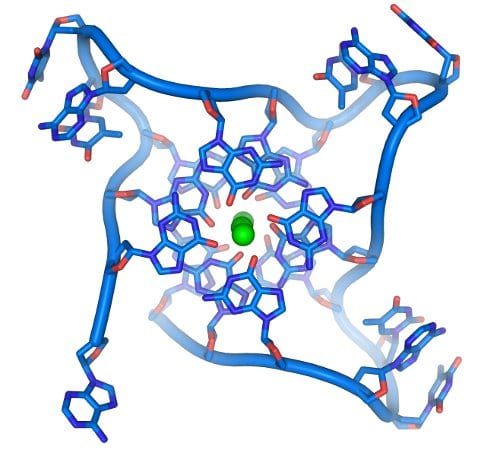Different polymorphs of DNA including A-DNA, B-DNA, and Z-DNA have different morphologies but the same basic chemical structure. The supramolecular assembly of the specific DNA determines the morphology and results from different noncovalent interactions: hydrogen bonding, electrostatics, and π-π stacking. DNA structure formation has inspired the design of synthetic macromolecules utilizing a wide variety of noncovalent interactions including electrostatics and hydrogen bonding.
Timothy E. Long and co-workers (Virginia Tech, Blacksburg) provide a broad overview of established and ongoing work in the area of DNA nucleobase-modified polymer synthesis. DNA nucleobases have been incorporated into a wide variety of synthetic polymers to achieve stimuli responsive materials, supramolecular assemblies, and well-controlled macromolecules. Only recently, scientists utilized both electrostatics and complementary hydrogen bonding to orthogonally functionalize the polymer backbone through supramolecular assembly. These noncovalent interactions generate complex tertiary and quaternary structures and also enable the assembly and modification of a parent macromolecule to achieve new, desired properties.


















